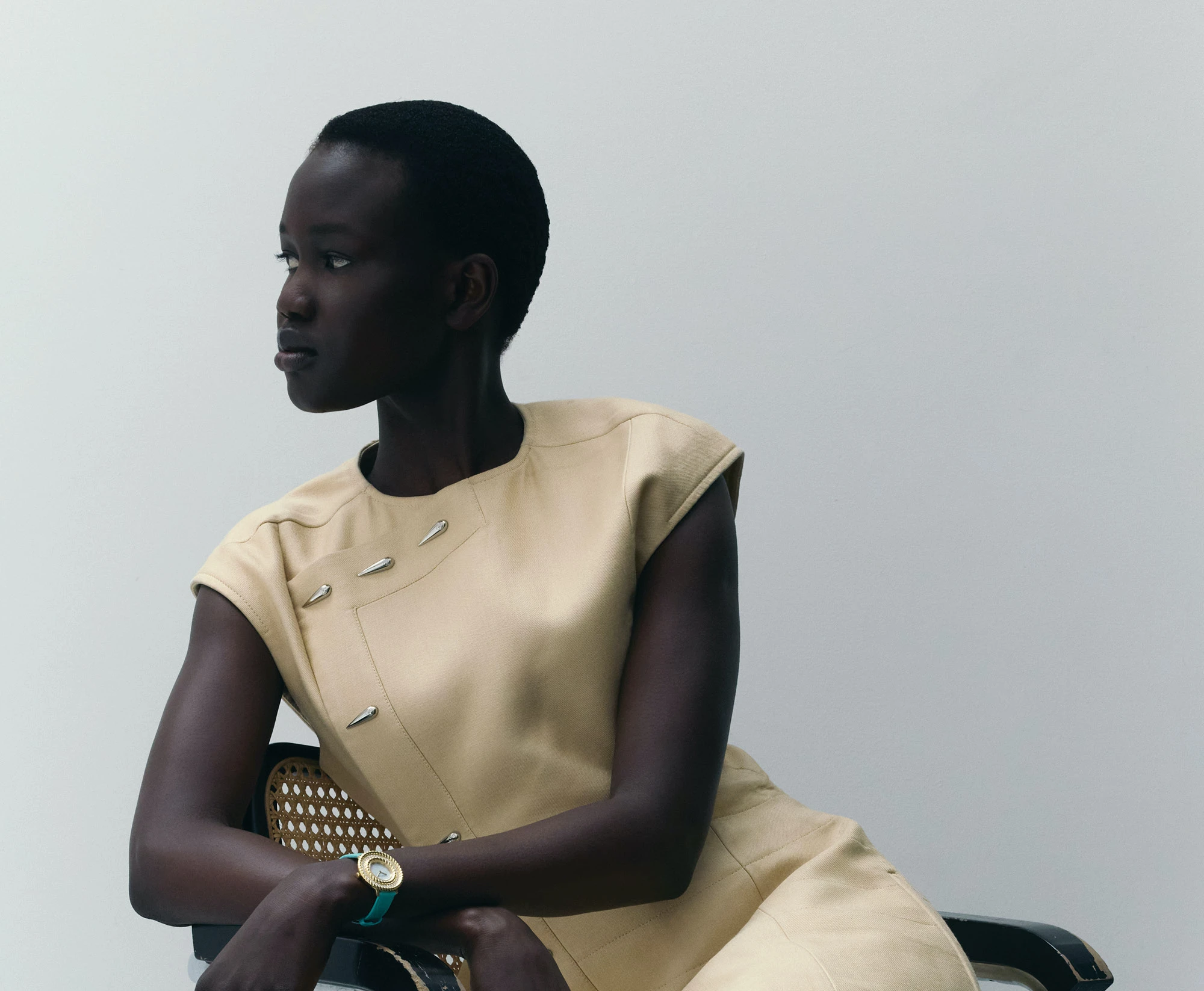Highlights from Sotheby’s Important Watches Live Auction
Jun 04, 2025
Sam Hines, chairman of watches at Sotheby’s, recalls the highlights from the Important Watches Live Auction that celebrated the intersection of artistry, history and innovation
An impressive and important Imperial Chinese ormolu, silver-plated, enamel, paste-set and carved soapstone striking elephant clock with music and automation
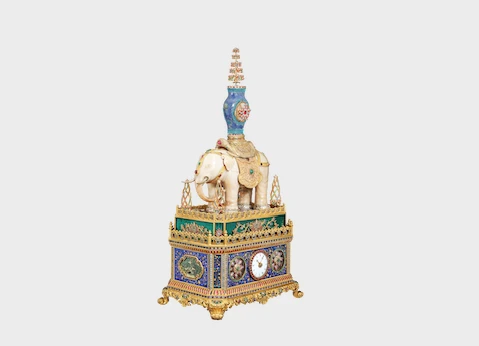
At the forefront of the auction are three majestic and spectacular clocks, originally crafted for the Chinese Imperial Court, reflecting opulence and cultural significance. Formerly part of the esteemed Nezu Museum’s collection in Japan, these horological treasures epitomise unparalleled grandeur and intricate craftsmanship – each a testament to the harmonious blend of European and Chinese artistry that defined an extraordinary era. This piece is centred by a soapstone elephant embellished with paste inset foliate and flora-chased saddle, bridle and body-straps. Mounted on top is a blue enamel baluster vase decorated with cloisonné enamel bands around the neck and base.
An unusual Imperial Chinese ormolu clock with marble and paste-set quarter striking and moving dial

From the late 18th century, this piece features a white dial with Roman and Arabic indexes and blued steel seconds hands, and a multi-coloured paste-set gem bezel. The framework is set with brilliant turquoise glass square-cut paste gems, suspended from above with a vertical bar decorated with blue, red and white oval-cut paste gems, and centred by a circular medallion, delicately enamelled with fine metal foils of gold that depict a basket of flowers on a royal blue guilloché enamel. On the top of the case is an upside-down bat with stylised wings outstretched below a pineapple finial, supported on a stepped oval-section marble base, set onto lappeted oval plinth on a stepped rectangular later zitan stand.
A magnificent and important Chinese Ormolu, enamel and paste-set striking, musical and automaton clock
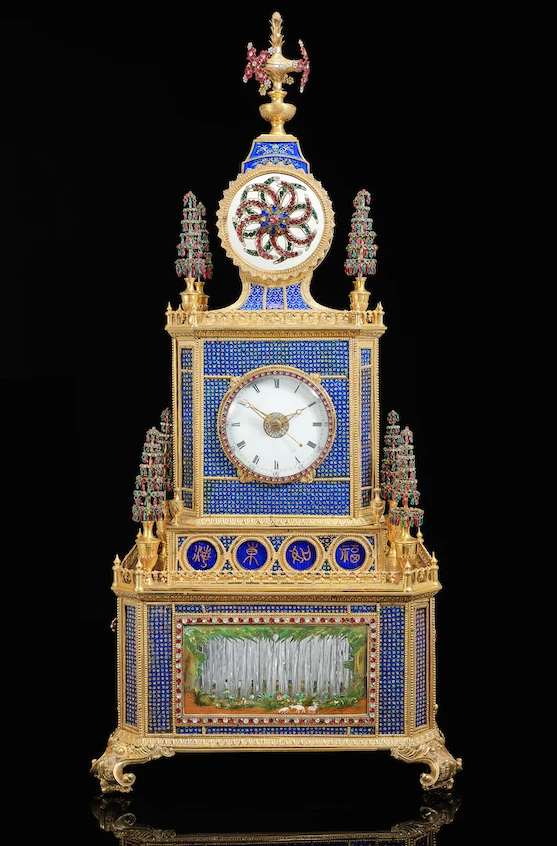
This clock is raised on an acanthus cast plinth moulding above elaborately cast foliate feet. The front features a glazed automaton scene within a paste-set border, the glass panel reverse-painted at the edges and also framed by a cut-out painted metal scene depicting foliage and animals, The back meanwhile sees stylised acorn and flowerhead mounts beside a painted metal panel depicting European figures in a landscape beside the sea. Hourly, or at will by turning a paste-set knob to the left side base panel, the whirligigs all turn and the medallions at the front of the case revolve to reveal a line of four different auspicious phrases. At the same time, the catherine-wheel spins and the mount at the top turns whilst the flowerheads also revolve. This is all while music plays, with a selection of six tunes.
Patek Philippe Reference 96
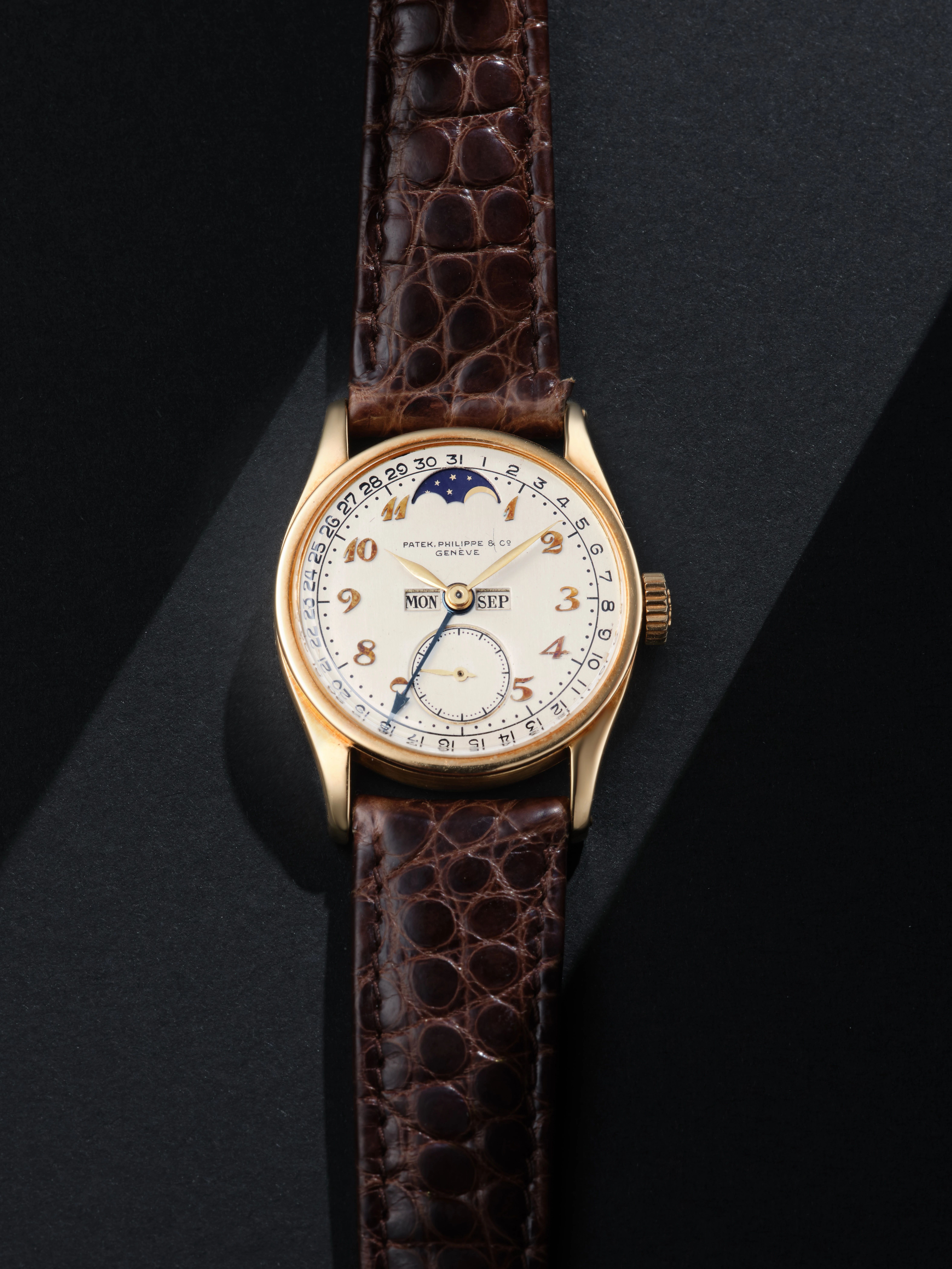
Equally mesmerizing are two exceptional creations by Patek Philippe, the pinnacle of haute horlogerie. The first is the Reference 96, which epitomises Patek Philippe’s pioneering craftsmanship. Introduced in 1932 as Patek Philippe’s first Calatrava wristwatch, this iconic model was produced until 1973, with over 10,000 pieces made across metals like stainless steel, yellow gold, white gold, pink gold and platinum. It boasts diverse dial styles
and configurations, including diamond, enamel, and sector dials. The watch reflects Patek Philippe’s innovation in complicated wristwatch manufacturing, predating models like the Ref. 1518 and 1526 perpetual calendars. This milestone underscores its importance as a “trophy” watch. The one we had on sale was a rare Reference 96 with a simple calendar in yellow gold, dating back to 1937. Its exceptional preservation applied Breguet indexes, and upright moon phase at 12 o’clock make it truly distinctive.
Patek Philippe Reference 2499
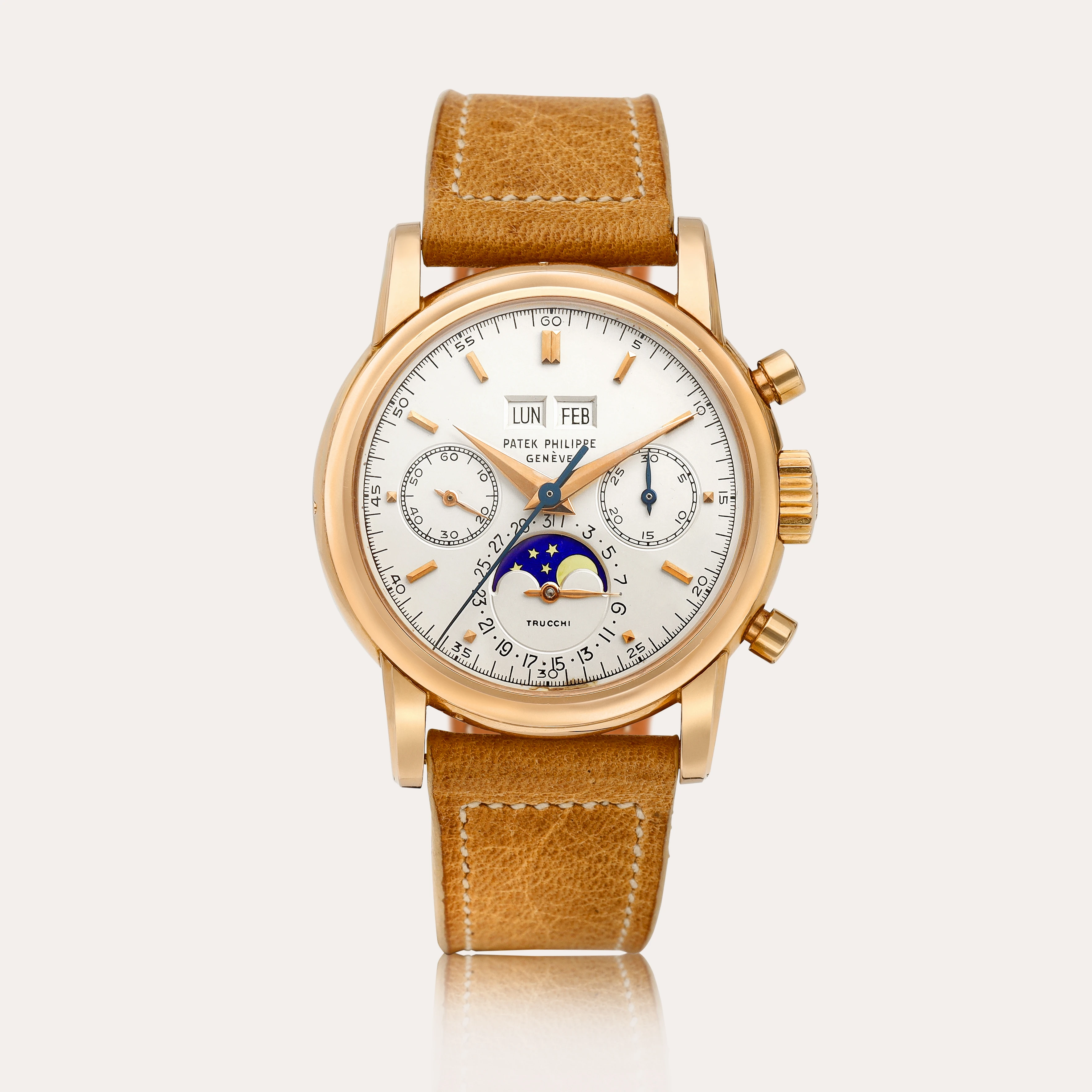
This is a third-series piece from 1965, sold in 1972 by Trucchi. It uniquely features a sapphire crystal, possibly upgraded later, and is one of only three pink 2499 pieces with a retail signature on the dial. The Reference 2499, hailed as one of the most coveted vintage wristwatches, represents the pinnacle of Patek Philippe’s legacy. It was produced from 1950 to 1985 with only 349 pieces made. Most are in yellow gold, with around 23 in pink gold, and just two in platinum with the Four Series Evolution. For many collectors, the ultimate aspiration is to be able to own all four series or a pink gold example. Only 23 pink gold pieces are known, making them extraordinarily rare. This piece together with the Reference 96 exemplify the enduring allure of Patek Philippe’s innovation and artistry, placing them among the most sought-after collector’s pieces of all time.
Also see: Rolex supports photographer Cristina Mittermeier's ocean advocacy



























